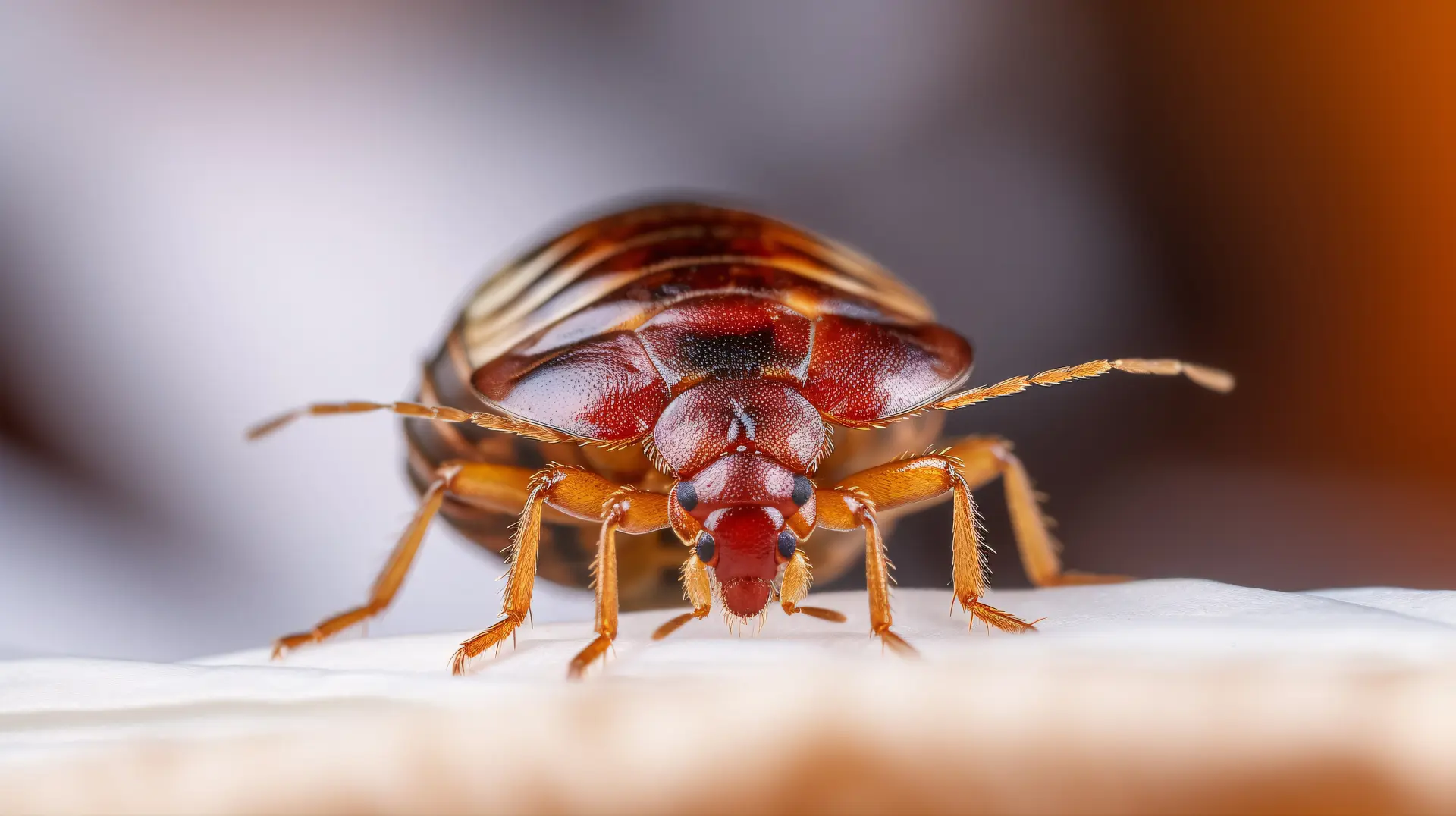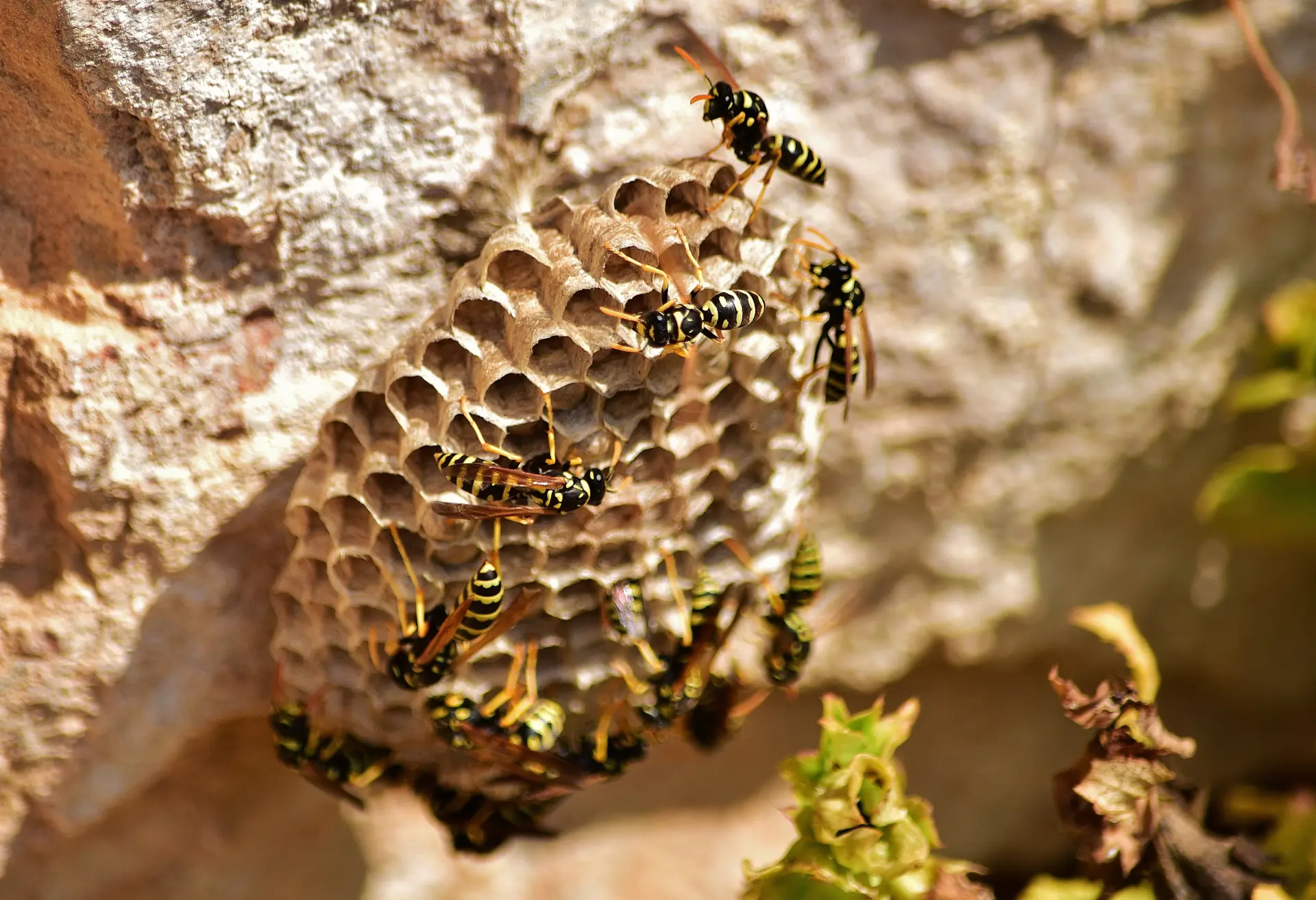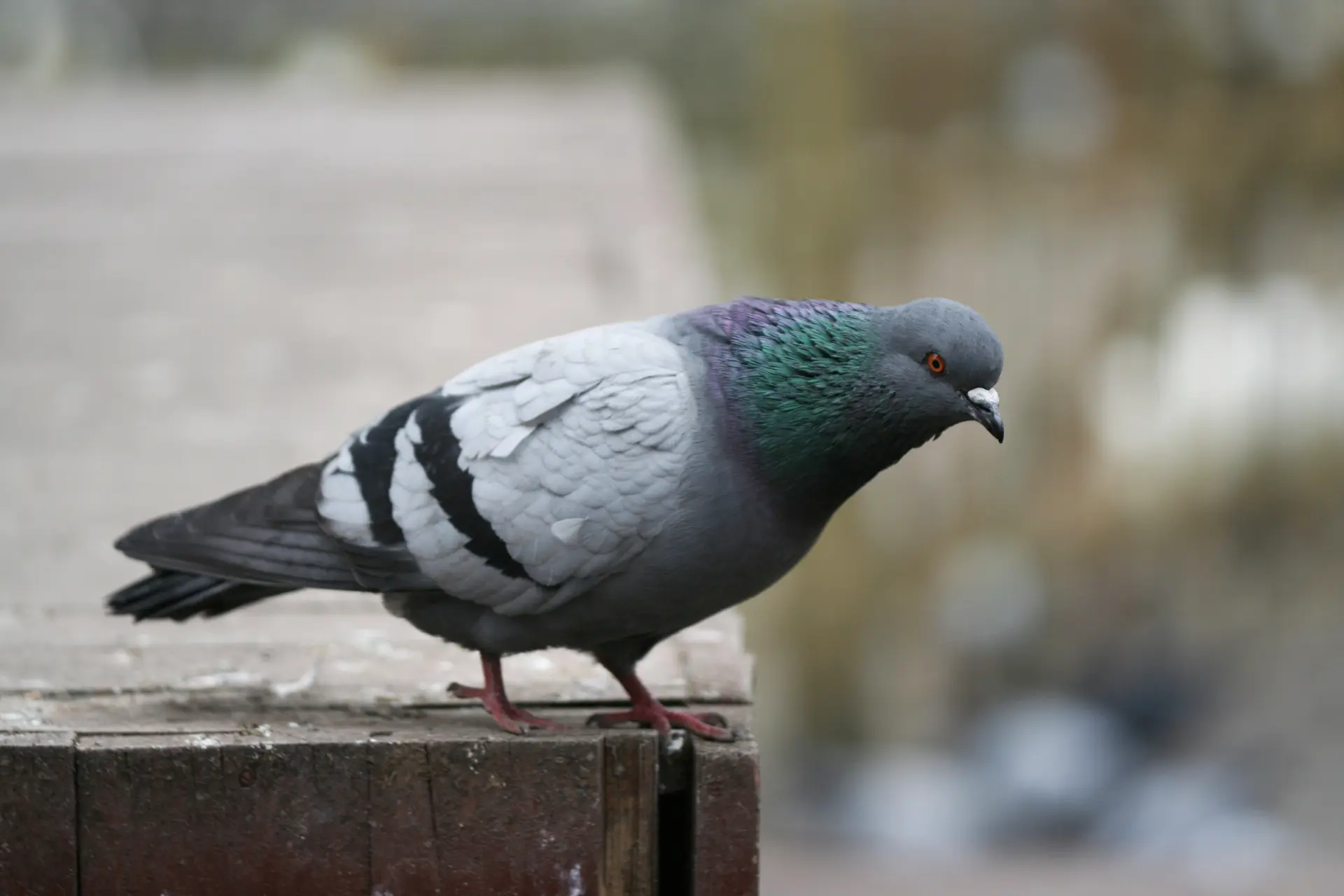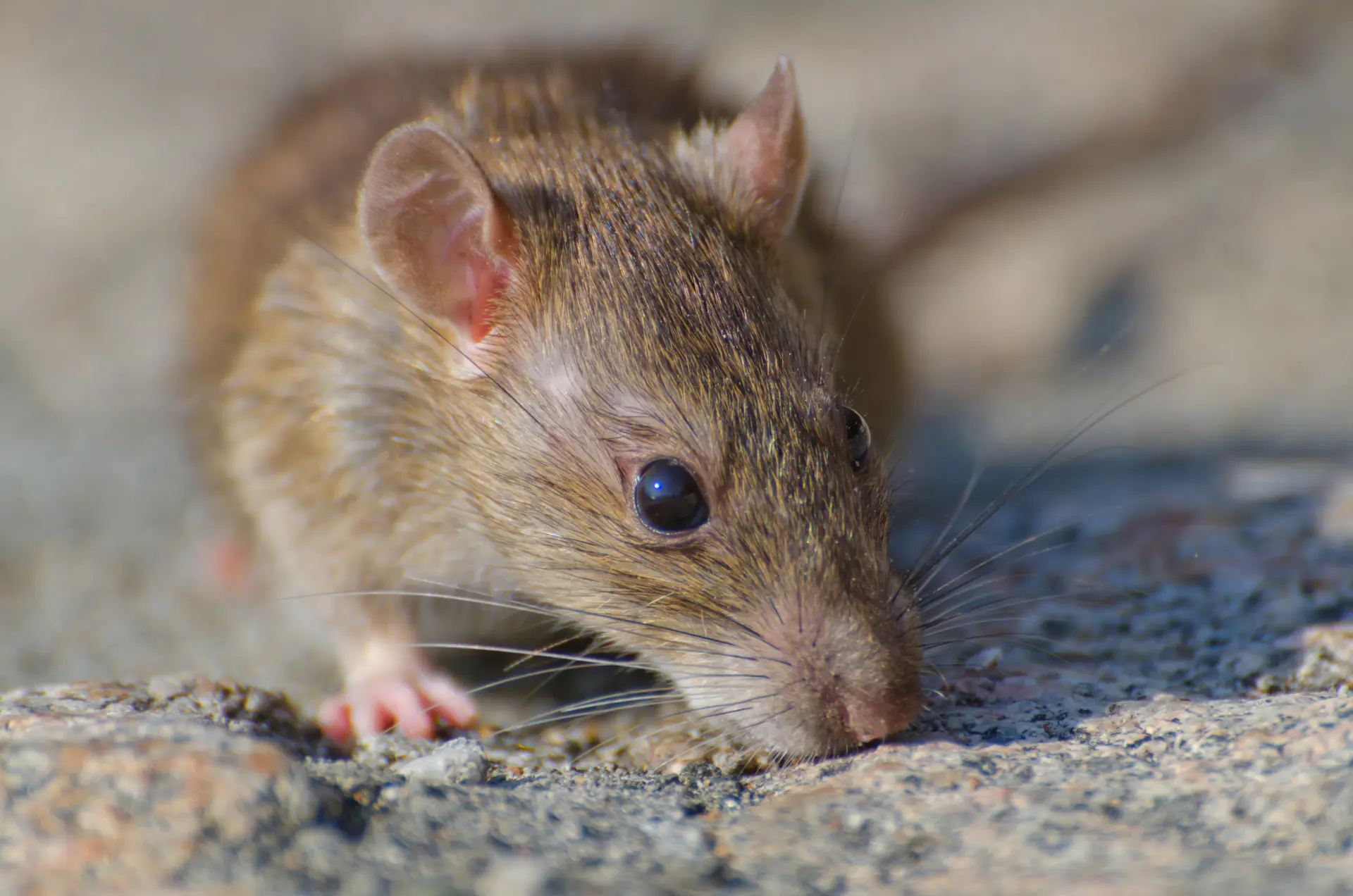Prevent Bed Bugs from Entering Your Home with our expert pest control solutions. Safeguard your space from these insects and enjoy a peaceful, bug-free environment.
Understanding How Bed Bugs Spread
Bed bugs are tiny, reddish insects that feed on blood during the night. Adult bed bugs are oval-shaped and flat, and their nocturnal habits make them difficult to see or detect during daylight. Although bed bugs don't spread diseases, their bites can cause allergic reactions or secondary infections caused by scratching.
Bed bugs commonly hide in bed frames, mattresses, box springs and headboards. They can also hide in walls, under carpets, behind wallpaper and inside furniture. Due to their small, flat bodies, bed bugs can squeeze into very narrow spaces, making them difficult to find and remove.
Bed bug bites typically appear as itchy, red welts on the skin. If you find bed bugs, it's best to call a professional pest controller, as these pests can be challenging to remove using standard methods.
Checking Second-Hand Furniture and Clothing
High-risk furniture such as sofas, armchairs, mattresses, and bed frames can easily hide bed bugs. These insects often hide deep within the fabric and are difficult to detect.
Wooden furniture with small gaps, loose joints or screw holes can also be ideal hiding places for bed bugs. Taking the time to thoroughly check and clean second-hand items can help reduce the risk of bringing bed bugs into your home.
Before accepting or buying second-hand items, it's crucial to inspect them closely. Use a torch to check the seams, folds, and any hidden areas for signs of bed bugs - this can include live bugs, shed skins, or small reddish-brown stains left after feeding.
When second-hand clothing isn't properly inspected or cleaned, there's a risk of unknowingly introducing bed bugs into your home. Second-hand clothing should be washed at a high temperature to effectively kill both the live bugs and their eggs. After washing, the clothing should be dried on the hottest suitable setting for at least 30 minutes.

Heat is one of the most reliable methods for eliminating bed bugs. However, if items cannot be washed due to their materials, they should be sealed in airtight bags and frozen for several days at -18°C to ensure any hidden bugs are destroyed.
These pests can survive for several months without feeding and remain hidden until a suitable environment is found. By taking the time to inspect and clean second-hand items properly, the chances of bringing bed bugs into your home can be significantly reduced. This simple, proactive step is one of the most important ways to protect your property from bed bugs.
Inspecting Luggage and Bags After Travel
Checking your bags after travelling can help prevent bed bugs from entering your home. These small insects can crawl into suitcases, backpacks, or travel bags, especially if they are placed on beds, floors, or near furniture.
By carefully checking your bags for signs of bed bugs before unpacking, you can reduce the risk of bringing them into your living space and avoid a potential infestation.
Bed bugs can hide in seams, pockets, zips and lining materials, and they may not be spotted until the infestation has already begun. To reduce this risk, travellers should inspect all their bags carefully before unpacking. Check for signs of live bugs, shed skins, and small black spots, or tiny white eggs with a torch.
After returning home from a trip, it's best to unpack directly into a bathroom or a tiled area rather than on a carpet or bed, as this limits where bed bugs can spread. Any clothing should be washed on a hot cycle and dried on the highest setting. Hard-shell suitcases can be wiped down, while soft-sided bags should be vacuumed or heat-treated to remove the risk of bugs going undetected.
Keeping Your Bedroom and Living Spaces Clutter-Free
Keeping living spaces free from clutter is an effective way to reduce the risk of bed bug infestations. Bed bugs are drawn to dark, quiet places close to where people sleep, and clutter gives them more places to hide and lay eggs. A tidy, organised space allows bed bugs to be spotted and removed quicker if there's an infestation.
Piles of clothes, boxes and bags left on the floor give bed bugs more places to hide and makes it harder to spot the early signs of an infestation. With fewer places to hide, bed bugs are more likely to be noticed and treated before they can spread further.
When rooms are cluttered, pest controllers can struggle to reach any areas where bed bugs could be hiding. By removing unnecessary items and keeping everything tidy, hiding spots can be limited, allowing pest controllers to provide a more successful treatment.

Keeping floors clean, vacuuming regularly, and using sealed bins for storage can help control the environment and reduce the chances of bed bugs taking over.
In particular, avoid storing items under the bed or around skirting boards, as these areas are common hiding places for bed bugs.
Bed bugs don't rely on dirt to survive, so even clean homes can become infested if they're cluttered. Reducing clutter limits the number of hiding spots for bed bugs, making it easier to prevent and manage infestations effectively.
We provide fast, reliable bed bug removal services for homes and businesses in Peterborough. We use safe and effective treatments to find and eliminate bed bugs.




